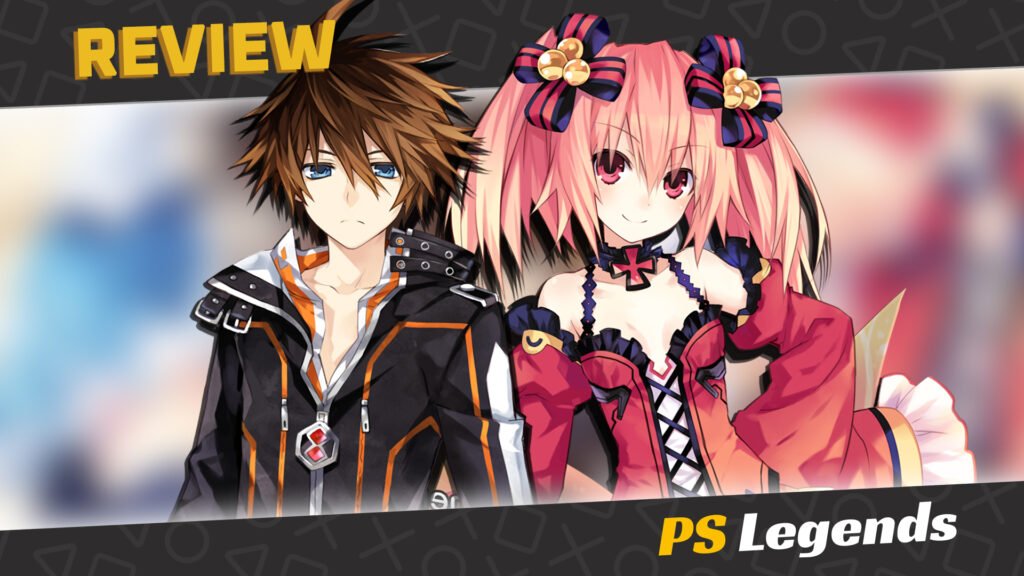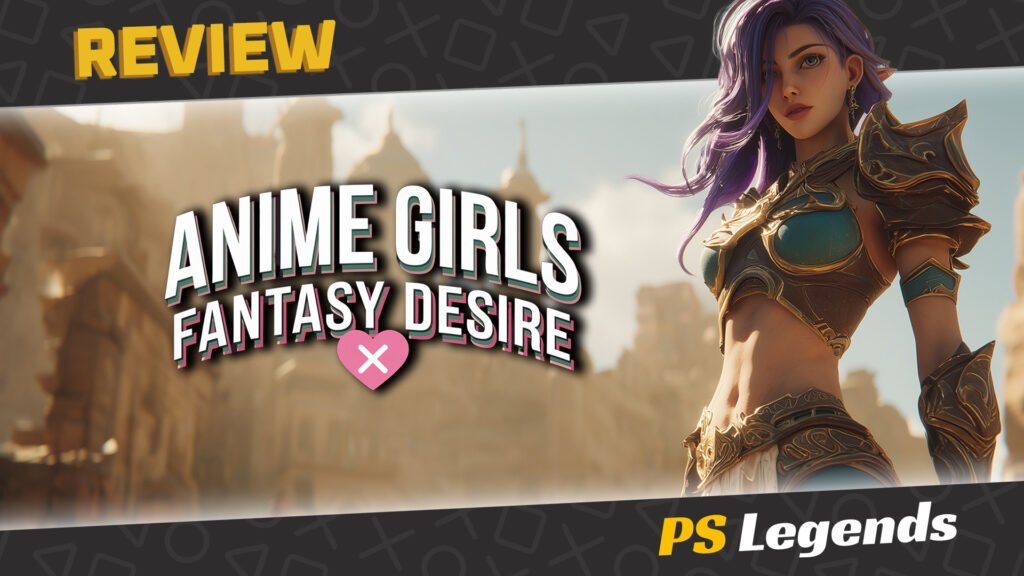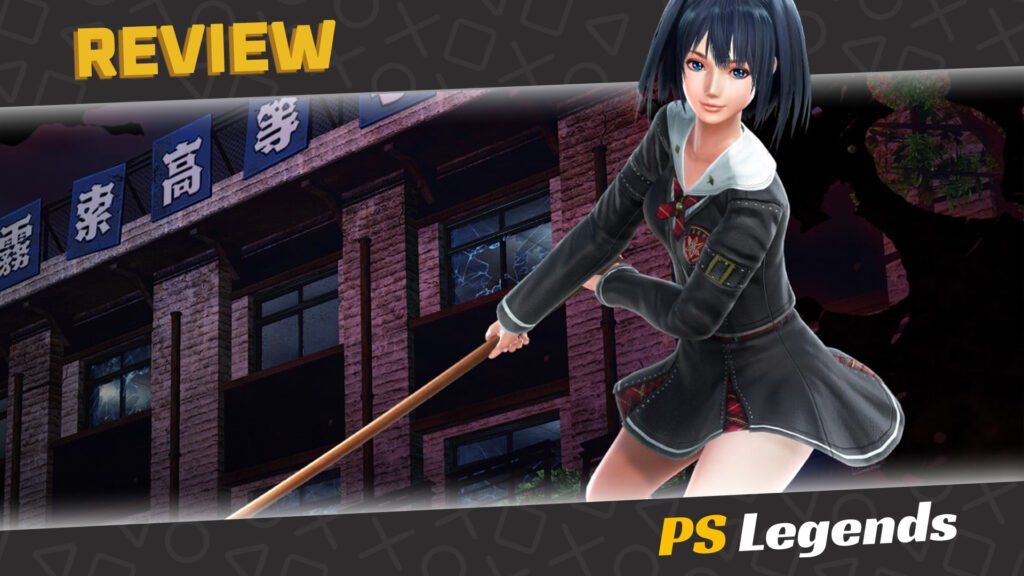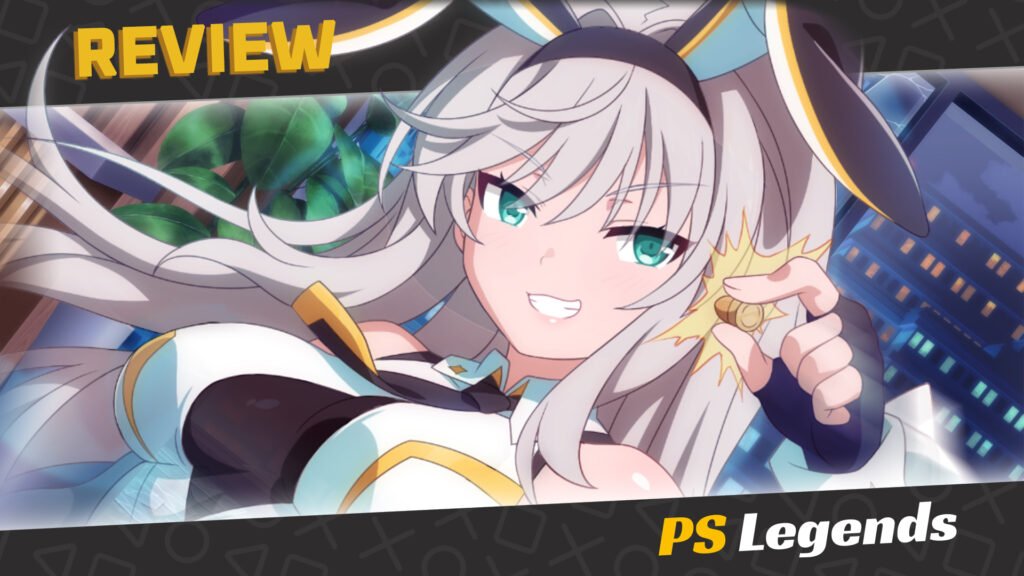Sometimes it’s hard to find a decent traditional JRPG. Perhaps this is simply down to the times, as developers prefer to turn their backs on what’s tried and tested and instead put an ambitious modern spin on the genre with real-time combat (Final Fantasy VII Remake/Rebirth), an overemphasis on crafting (Atelier series), being massively overstretched (Persona series, The Caligula Effect) or by putting minimal effort into presentation and maybe hoping it might blend into the indie genre instead (Mind:0, Ray Gigant).
That’s not to say the last generation has been a complete write-off. There have been more than a few decent releases if you look hard enough. The problem is (apart from the general lack of both quality and quantity unless you really do your homework) is those few epic releases you do find tend to have one annoying trope in common: ball-bustingly hard platinum trophies, but that might just be a ‘me’ problem. More on that later.

Introduction
Fairy Fencer F: Advent Dark Force is a 2016 remake of the original 2013 PS3 game and a damn good example of the JRPG genre that encapsulates everything great about it. There’s an amazing story of cause and effect with plenty of twists and heartbreak. There are fun anime characters (with plenty of fan-service). There’s classic, turn-based combat, but what I appreciate the most is the simple to use interface and story prompts. I’ve lost count recently of how many times I would have no idea where to go next in other games.
It’s a game that shows off the very best of what co-developers Compile Heart, Idea Factory and Galapagos RPG have learned with the excellent (yet sadly past its prime) Hyperdimension Neptunia series. This enhanced version of the game also expands your battle party from four to six participants and now offers a player-controlled narrative. Such depth and control are rare for a JRPG.
Many JRPG legends lend their skills to the project, including Yoshitaka Amano as a concept artist, Nobuo Uematsu as composer, Tsunako as a character designer, Toshiki Inoue as a screen writer and the Neptunia Team incorporated into the development team. The game uses the evolved version of the Hyperdimension Neptunia battle system.
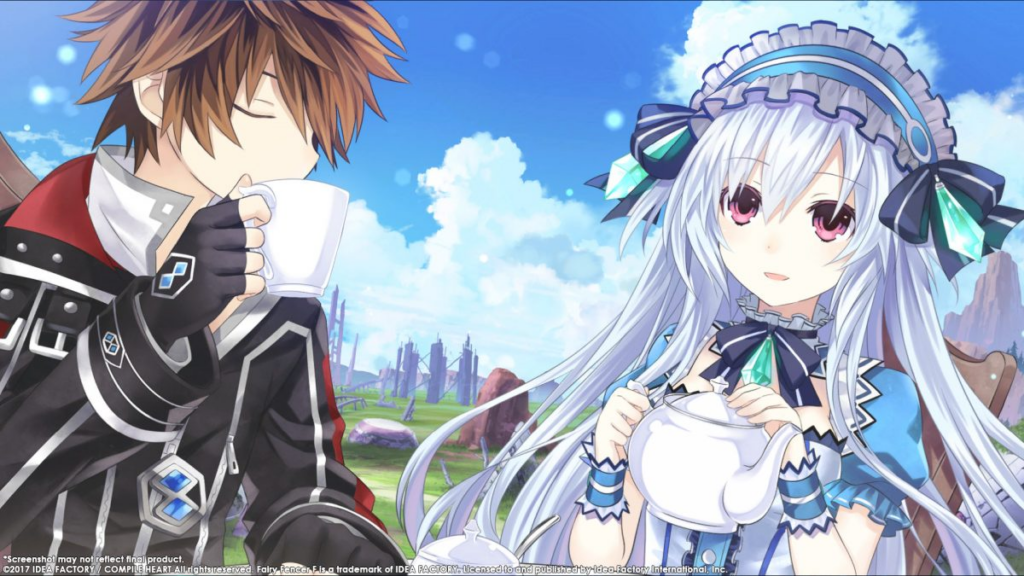
Story
Long ago, a dreadful war was fought between the Goddess and the Vile God. Because they were equally matched, they both created a vast number of special weapons imbued with their godly energy, each containing the life-force of a fairy. Using the new powers of these magical weapons, the deities continued their conflict until they were finally able to seal each other away in a pocket dimension.
A long time has passed since this ancient conflict, and the weapons created by the Goddess and the Vile God have since been scattered across the world. These weapons, known as ‘Furies’, are highly sought after by warriors who call themselves ‘Fencers’. It is said that whoever collects a Fury will be granted one wish. When a young man named Fang decides to rashly pull a Fury from a stone, he inadvertently becomes a Fencer himself, forever altering the course of his destiny.
Previously, the game only offered one real ending with two possible love interests to choose from for NEET protagonist Fang. Now the story can take one of three possible routes depending on your choices. The player collects Furies during the adventure. These swords contain Fairies which have to power to release seals placed on the Goddess and the Vile God. Releasing some, no or all seals from the Vile God determines which route the story takes and also which characters join your party.
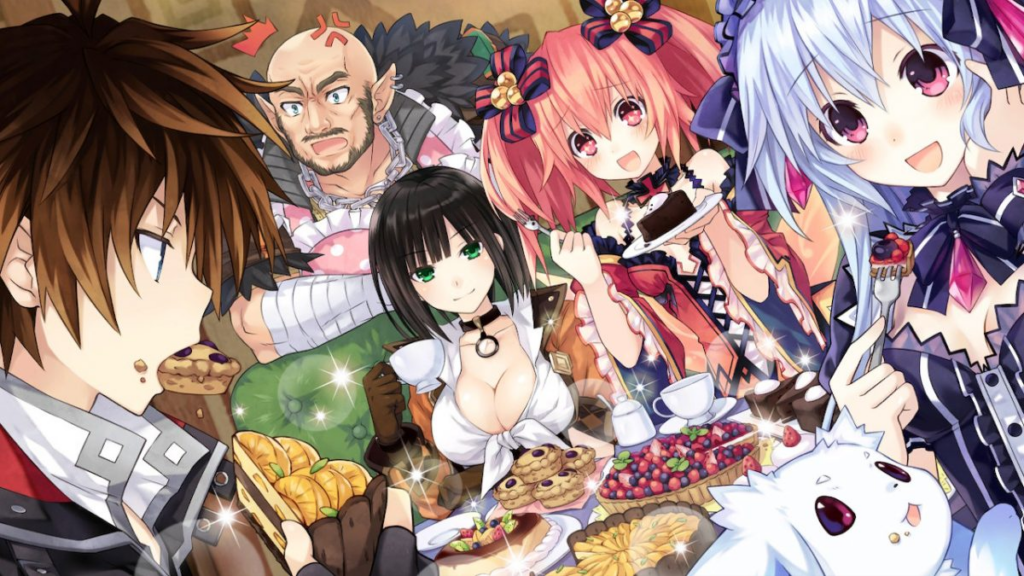
Gameplay
Battles take place on a 3D battlefield. Turn order is determined by the MOV value of your allies and enemies. A character is KO’d when the character’s HP hits zero. When a character’s HP hits zero, said character will be out of action, and will be unable to do anything in this state. If all characters get KO’d, the game is over. You can bring a character back to life by having any remaining characters use a ‘wing’. The battle is over once all enemies are defeated.
You can perform combos by assigning techniques to the Triangle, Circle, and Square buttons. Depending on your combo count, you can perform up to four techniques in one turn. Your first technique is fixed, but you can assign additional techniques to those buttons as you unlock more combo slots. Depending on the technique, your Fury can change into different forms such as swords or guns, attack enemies in the air, or inflict status ailments.
Aside from common battle commands like attacking and using magic, each character has their own special command; However, special commands have trade-offs, so be careful if you plan to use them. When a Fencer’s bond with their fairy partner is especially powerful, they can transform, or ‘Fairize’, into a powerful combat form known as the ‘Fury Form’.
When a character levels up, their stats will increase, but they will not learn new magic, skills, or abilities. To learn these, you must spend WP (Weapon Points) which is separate from traditional experience points. In the Weapon Boost menu, you can spend WP to boost specific parameters, or learn new magic, skills, abilities, and combos.
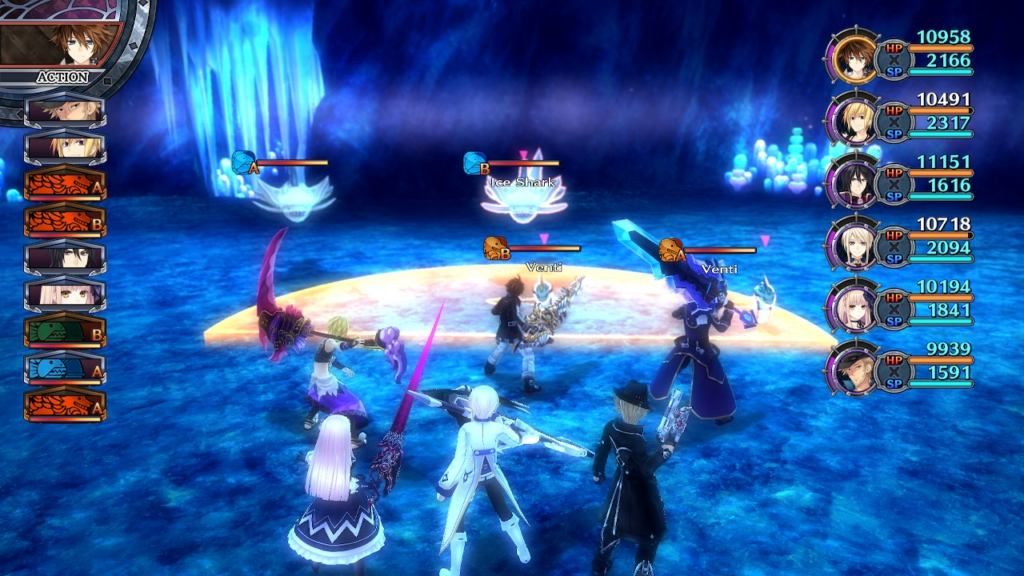
In addition to traditional parameters such as attack and defence, you can also increase your combo count and attack range. Depending on what you pick, you can boost it by up to 10 ranks. Every character can learn powerful skills that are unique to them. Some skills can wipe out every enemy at once, while others can be used as a trump card during boss fights.
Characters can learn different types of elemental attack magic or provide aid during prolonged fights with support magic. If you focus solely on boosting magic, it’s possible to learn extremely powerful spells during the early portions of the game. Characters can also learn a variety of abilities that provide different passive effects. Some abilities can prevent status ailments like poison, while others can increase certain parameters if specific prerequisites are met. There is no limit to the number of abilities a character can possess, and abilities take effect as soon as you learn them.
When you obtain a new Fury, the fairy that resides in that Fury will join your team. Within the Fairies menu, you can view the stats and abilities of the fairies you’ve recruited. Sometimes your fairies might give you presents. This is indicated by the present icon that appears on the fairy’s portrait.
Once you fulfil certain requirements, your Furies will gain the power to shape the world itself. If you stab a Fury into the ground near a dungeon on the World Map screen, it will cause that nearby dungeon to transform. This effect is known as World Shaping.
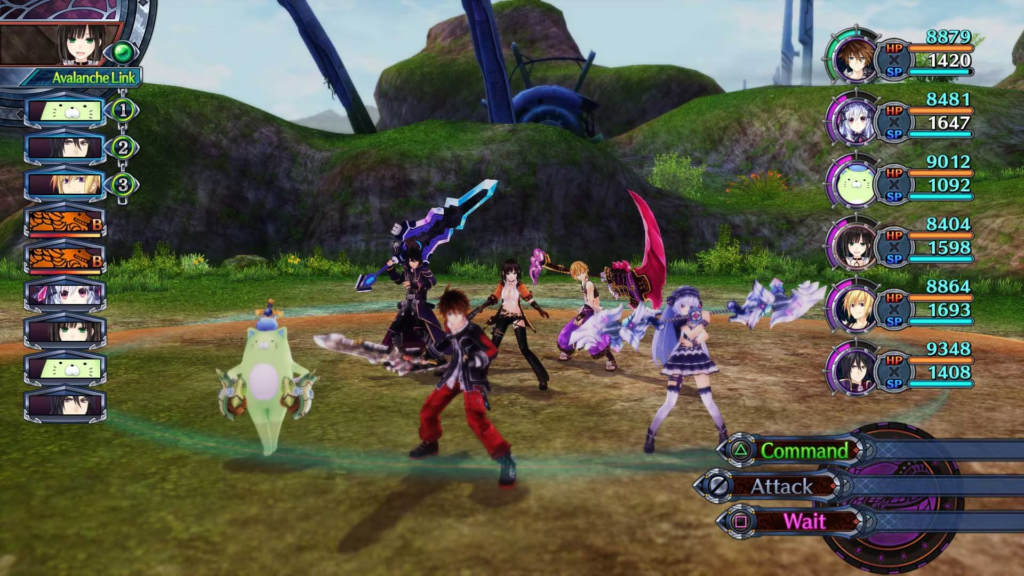
Replayability/Trophies
If you want to master the game and test your skills, you can always tackle the arena-style battles available in Shukesoo’s Tower. Shukesoo’s Tower is a mysterious structure, the height of which changes as you participate in World Shaping. Enemies wait for you on each floor of the tower. If you defeat them, you will receive fabulous prizes. The enemies will get stronger as you ascend the tower, but the potential rewards will increase in value as well.
The more swords you place with World Shaping, the higher the tower grows. If you plan to maximize the height of Shukesoo’s Tower, you may be forced to endure certain handicaps as you challenge the tower’s top levels. Within Shukesoo’s Tower, you are free to retreat if necessary, so even if your entire party is defeated, you won’t experience a Game Over. Fighting the same battle multiple times for experience is definitely a viable strategy.
If you want a shot at the platinum trophy, you’ll need to finish the game 3 times, recruit every possible character, and see each ending while collecting every Fury and clearing Shukesoo’s Tower. You’ll also need to beat a select few bosses using certain characters or skills so do use a guide as these are easily missable. There’s also one more thing you’ll need to do: kill 10,000 enemies. After all three playthroughs and a solid day of grinding, my kill count stands at 5,300 kills. Yeah, time to move on. Ending it on a glorious high note, guys.
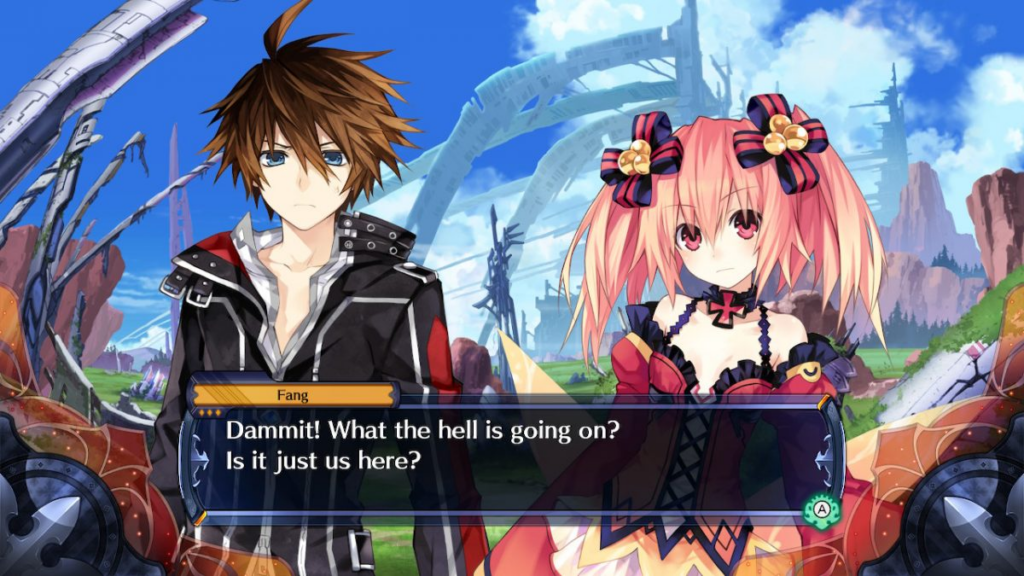
Graphics/Sound
Being built in Neptunia engine brings with it the smooth, colourful 3D character models and detailed 2D moving cutscene portraits. It may be a standard anime archetype, but it’s a brilliantly polished version of it. The music also works really well, but the top-notch voice-acting is worth a shout-out, which includes expertly done performances from both VA veterans and talented newcomers. Natalie Hoover, Erika Harlacher, Cristina Vee, Kira Buckland and Dorothy Elias-Fahn, in particular, all give stand-out performances.

Conclusion
I’d be diving head-first into spoiler territory if I went into detail regarding every character you’ll meet in Fairy Fencer, which is actually quite tempting because they’re a very likeable bunch. It’s a factor that makes Fairy Fencer really stand out since each character is so lovingly portrayed, fleshed-out and brings something the narrative.
Our protagonist, Fang, is a rookie Fencer with a foul mouth and a tendency to be too straightforward. He’s surprisingly skilled with a sword regardless of first impressions. While often lazy, he becomes dependable when the situation calls for it, and once he’s triggered, he’s quite the passionate young man. The heroine of the story, Tiara, is a Fencer who collects Furies to revive the Goddess. She is mellow and serious, but also a bit masochistic. Whilst she seems to enjoy being teased by Fang, when she gets angry, she is quite terrifying.
Eryn is Fang’s first Fairy ally. She has a mysterious past but is persistent in pushing Fang to unleash his potential. She usually resides in Fang’s Fury and considers her partner an idiot. In a way, she is similar to Fang, who has an arrogant attitude as well. Harley is a mad scientist that studies Fairies obsessively. She is also a Fencer and tends to exude flirtatiousness without realising it and is blissfully unaware of her obvious sexuality. Pippin is a Fencer with an unknown origin. He doesn’t look human, but he possesses common human sense and the human penchant for talking too much. The sword stuck in his head raises questions regarding whether or not he is mentally well. Again, I could go on; It’s such a charming bunch who you’ll love spending time with.
As much as the characters stand out, arguably the game’s most outstanding feature is the player-controlled narrative. Very few games offer such action and consequence based on player decisions, and they are surprisingly dramatic consequences. Each playthrough is seen as a different timeline with your actions bringing with them the possibility that your friends will become enemies, your enemies become friends, and maybe you’ll unleash an even greater evil.
Joys
- Great characters
- Clever, player-controlled story
- Fun, familiar, Neptunia-style combat
Cons
- Silly, grind-focused trophies
